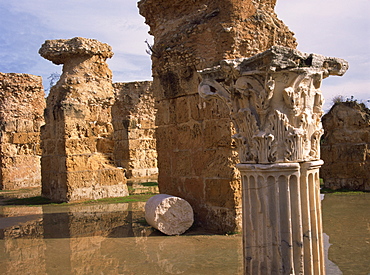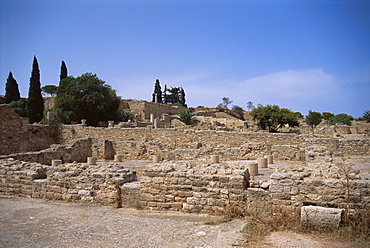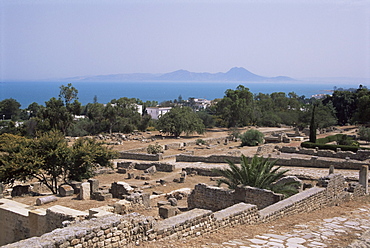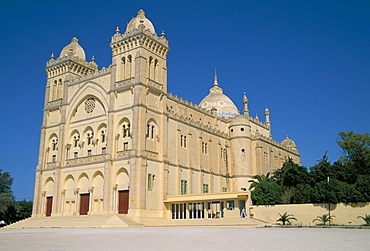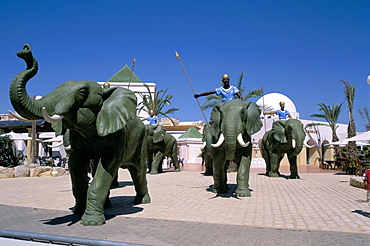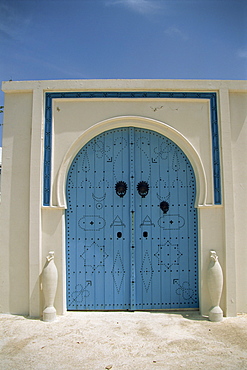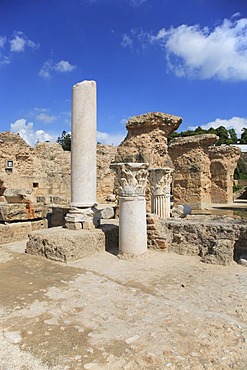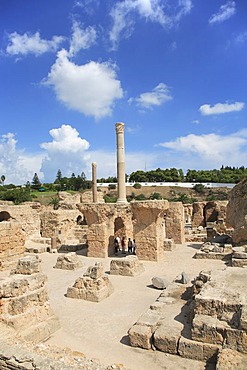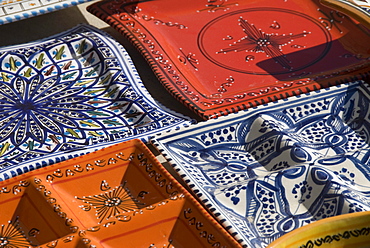Results
26 results found
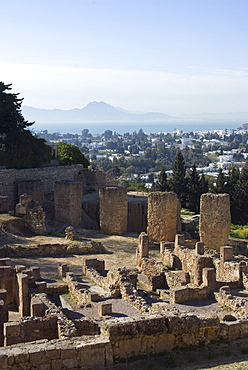
Byrsa Hill, the original Punic site at Carthage, UNESCO World Heritage Site, near Tunis, Tunisia, North Africa, Africa
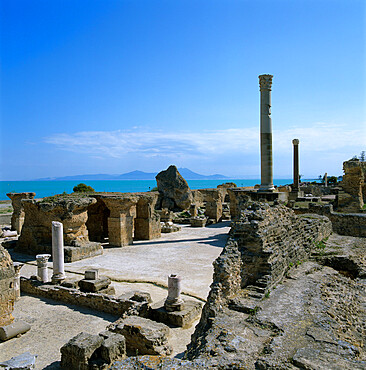
Ruins of ancient Roman baths, Antonine Baths, Carthage, UNESCO World Heritage Site, Tunis, Tunisia, North Africa, Africa
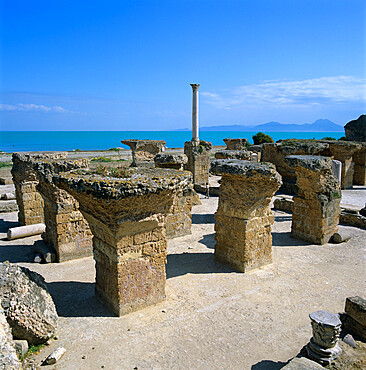
Ruins of ancient Roman baths, Antonine Baths, Carthage, UNESCO World Heritage Site, Tunis, Tunisia, North Africa, Africa
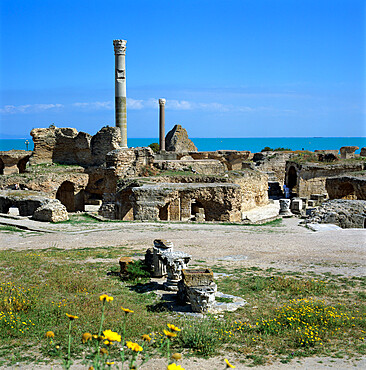
Ruins of ancient Roman baths, Antonine Baths, Carthage, UNESCO World Heritage Site, Tunis, Tunisia, North Africa, Africa
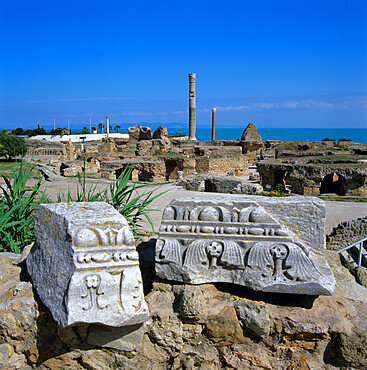
Ruins of ancient Roman baths, Antonine Baths, Carthage, UNESCO World Heritage Site, Tunis, Tunisia, North Africa, Africa
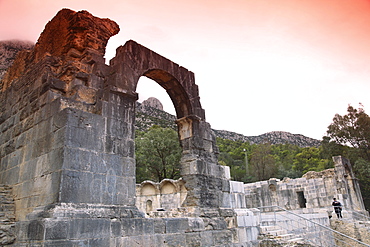
Ruins of the Roman Water Temple, the starting point of the aqueduct to Carthage, Zaghouan, Tunisia, North Africa, Africa

The Ruins at Antonine Baths at the archaeological site, Carthage, UNESCO World Heritage Site, Tunisia, North Africa, Africa
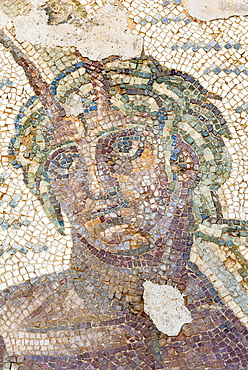
Roman mosaic, Carthage National Museum, Byrsa Hill, Carthage, UNESCO World Heritage Site, Tunis, Tunisia, North Africa, Africa
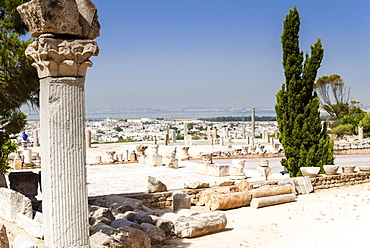
Byrsa Hill, Punic site at Carthage, UNESCO World Heritage Site, Tunis, Tunisia, North Africa, Africa
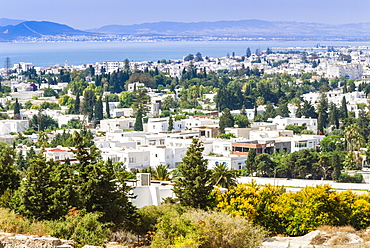
Byrsa Hill looking down on the ancient port at the port of Carthage, Tunis, Tunisia, North Africa, Africa

Byrsa Hill, Punic site at Carthage, UNESCO World Heritage Site, Tunis, Tunisia, North Africa, Africa
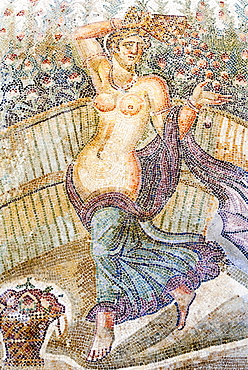
Roman mosaic, Carthage National Museum, Byrsa Hill, Carthage, UNESCO World Heritage Site, Tunis, Tunisia, North Africa, Africa
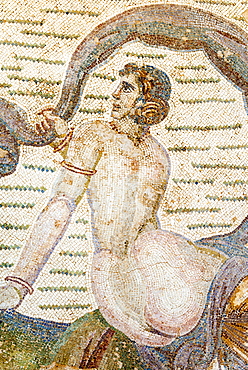
Roman mosaic, Carthage National Museum, Byrsa Hill, Carthage, UNESCO World Heritage Site, Tunis, Tunisia, North Africa, Africa
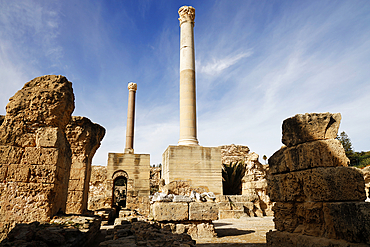
The ruins of the ancient city of Carthage, Tunisia. Founded by the Phoenicians in the ninth century BC, Carthage reached its height in the fourth century BC as the centre of the Carthaginian Empire.
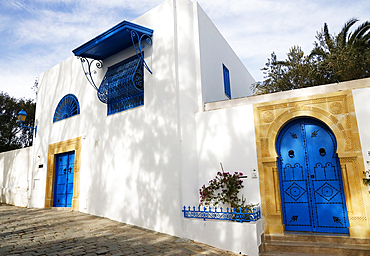
The strikingly situated clifftop town of Sidi Bou Said, north of Carthage, Tunisia, has a reputation as a town of artists.
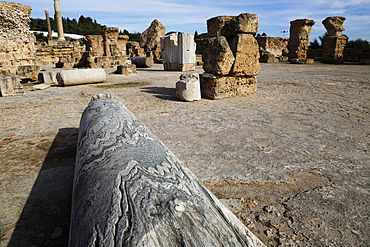
The ruins of the ancient city of Carthage, Tunisia. Founded by the Phoenicians in the ninth century BC, Carthage reached its height in the fourth century BC as the centre of the Carthaginian Empire.
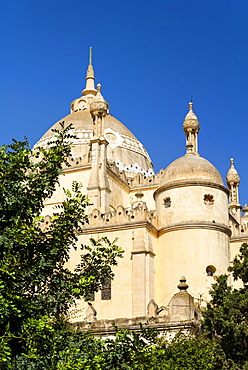
Cathedral of St. Louis, Byrsa Hill, Carthage, UNESCO World Heritage Site, Tunis, Tunisia, North Africa, Africa
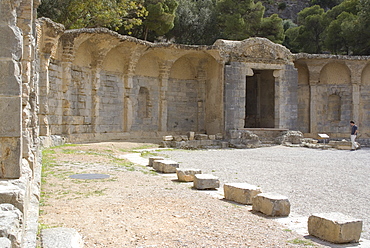
Source of the water that flowed via the aqueduct all the way to Carthage, Zaghouan, Tunisia, North Africa, Africa
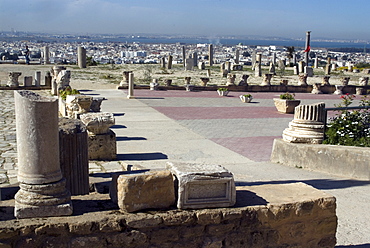
Byrsa Hill, the original Punic site at Carthage, UNESCO World Heritage Site, near Tunis, Tunisia, North Africa, Africa

Byrsa Hill, the original Punic site at Carthage, UNESCO World Heritage Site, near Tunis, Tunisia, North Africa, Africa

Mosaic floor, The Roman Villa, Carthage, UNESCO World Heritage Site, Tunis, Tunisia, North Africa, Africa

Mosaic floor, The Roman Villa, Carthage, UNESCO World Heritage Site, Tunis, Tunisia, North Africa, Africa
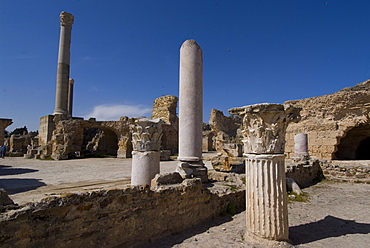
Antonine Baths, Roman ruins of Carthage, UNESCO World Heritage Site, near Tunis, Tunisia, North Africa, Africa
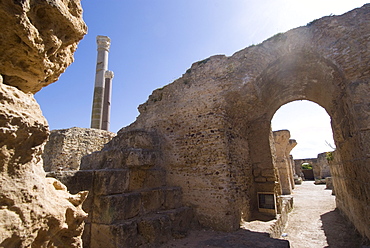
Antonine Baths, Roman ruins of Carthage, UNESCO World Heritage Site, near Tunis, Tunisia, North Africa, Africa

Color satellite image of Tunis, capital city of Tunisia. Image collected on August 19, 2017 by Sentinel-2 satellites.
